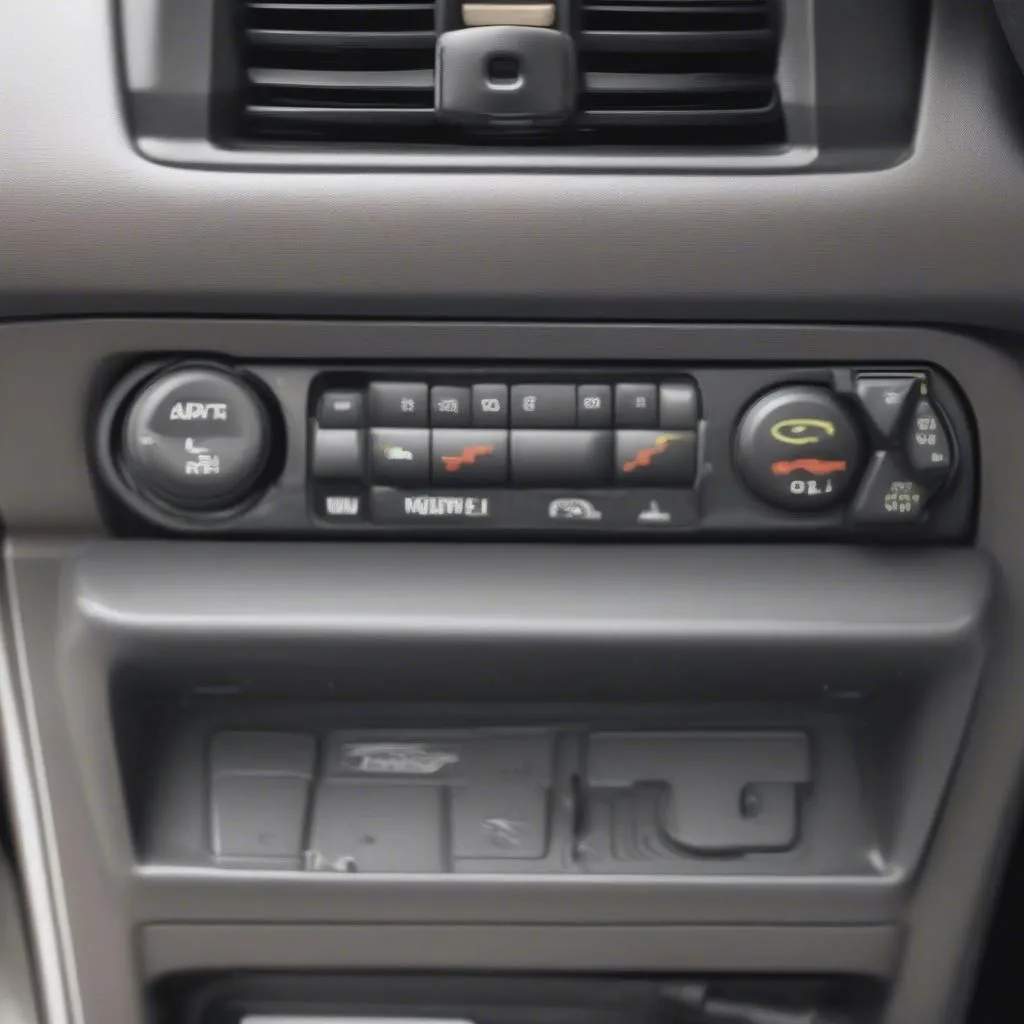Have you ever found yourself stranded on the side of the road with a check engine light flashing, and no idea where to even begin to diagnose the problem? We’ve all been there. It’s frustrating, and it can feel overwhelming, especially when you’re not sure where to start. But don’t worry! Today, we’re going to dive into the world of automotive diagnostics and uncover a vital piece of the puzzle – the OBD port.
Understanding the OBD Port
The OBD (On-Board Diagnostics) port is essentially a gateway to your car’s computer system. It’s a standardized connector that allows technicians and even some car owners to access and read diagnostic trouble codes (DTCs) from the engine control unit (ECU).
Why is this important? Think of the OBD port as your car’s “black box.” It records vital information about your vehicle’s performance and any issues that may arise. By reading these codes, mechanics can quickly identify potential problems and troubleshoot them, saving you time and money.
How does it work? The OBD port communicates with your car’s ECU using a standardized protocol called OBD-II. This protocol is universal for most vehicles manufactured after 1996, making it a valuable tool for anyone who needs to diagnose their car.
Finding the OBD Port on a 2000 Mazda 323
So, where exactly is this magical port hiding in your 2000 Mazda 323?
It’s usually located under the dashboard, on the driver’s side. To find it:
- Look for a rectangular connector with 16 pins.
- It’s often located near the steering column or below the fuse box.
- The connector may be covered by a small flap or a sticker.
Need some visual clues? Don’t worry, we’ve got you covered!
 Mazda 323 OBD Port
Mazda 323 OBD Port
Why is the OBD Port Crucial?
The OBD port provides a wealth of information that can help you understand your car’s health. Here’s why it’s so crucial:
Diagnostics & Repairs:
- Identifying problems: The OBD port allows you to access and read diagnostic trouble codes (DTCs) that are stored in your car’s ECU. These codes provide a clear picture of any issues that your vehicle is experiencing.
- Pinpointing the cause: Knowing the DTCs can help mechanics quickly identify the root cause of a problem, allowing them to make repairs more efficiently.
- Saving time and money: By using the OBD port, you can avoid unnecessary repairs and save money in the long run.
Customization & Tuning:
- Performance enhancement: Some individuals utilize the OBD port to modify their car’s performance by adjusting settings and parameters within the ECU.
- Fuel efficiency: By accessing information about your car’s fuel consumption, you can make adjustments to improve fuel efficiency and save money on gas.
Common Questions About the OBD Port
Here are some of the most frequently asked questions we receive about the OBD port:
Can I use a generic OBD scanner on my 2000 Mazda 323?
Absolutely! Many generic OBD scanners are compatible with vehicles that have OBD-II systems, which includes your 2000 Mazda 323. However, it’s important to ensure the scanner is compatible with the specific model of your car.
What kind of information can I access through the OBD port?
Here’s a glimpse into the data you can find:
- Engine RPM: This reading tells you the engine speed in revolutions per minute.
- Vehicle Speed: This information displays your current speed.
- Fuel System Status: This data reveals information about fuel flow and pressure.
- Engine Coolant Temperature: Knowing the coolant temperature is crucial for ensuring proper engine performance.
- Air Intake Temperature: This reading helps to assess engine efficiency.
Remember, the information available through the OBD port can vary depending on the specific model and year of your vehicle.
Can I use the OBD port for everyday maintenance?
The OBD port is mainly used for diagnostics and repairs. It’s not intended for everyday maintenance tasks like oil changes or tire rotations.
I’ve found the OBD port, but I’m not sure what to do with it.
Don’t worry! There are countless resources available online to help you learn more about using the OBD port. You can find tutorials, forums, and even apps designed to help you understand your car’s health better.
Looking for More Automotive Information?
We hope this guide has been helpful in locating the OBD port on your 2000 Mazda 323.
Want to learn more about car maintenance, repair, and diagnostics? Visit our website for more informative articles and guides!
Need help with any specific issues or have more questions about the OBD port? Contact us through WhatsApp at +84767531508 for expert advice and support 24/7.
Remember, understanding your car’s systems is key to keeping it running smoothly. Happy driving!